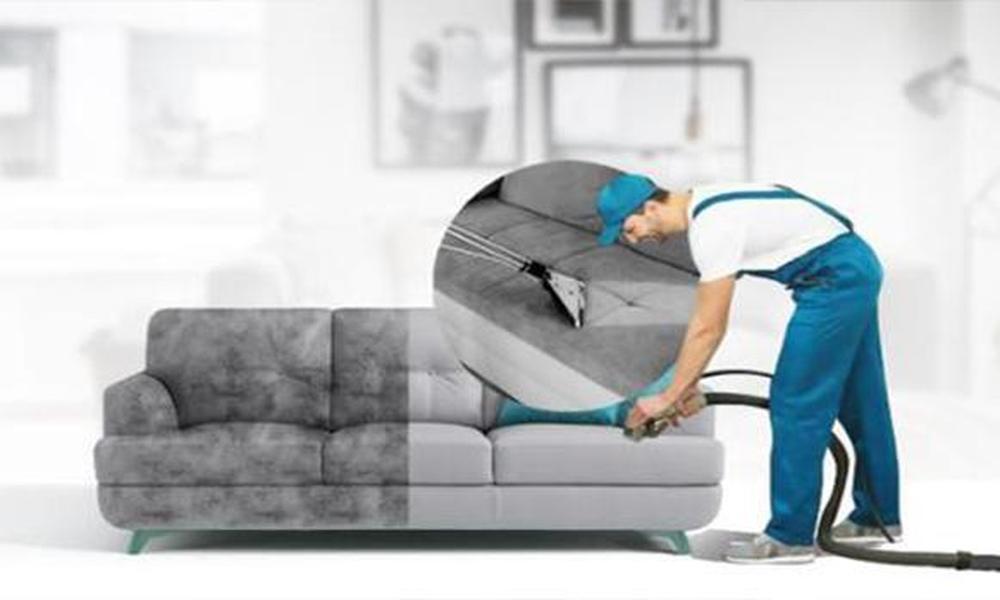Sofa Repair are an essential part of our homes, providing comfort and style. However, wear and tear are inevitable, making sofa repair a crucial aspect of maintaining their longevity. In this article, we will explore five important facts that you should consider when undertaking sofa repair, ensuring a seamlessly restored and functional piece.
● Identify the Repair Needs
Before initiating any repair work on your sofa, it is vital to accurately identify the repair needs. Examine the upholstery for tears, stains, or fading. Check the frame for any signs of damage, such as loose joints or broken supports. Assess the cushions for sagging or flattened foam. Identifying these issues will help you determine the extent of the repair required and guide you in selecting the appropriate materials and techniques.
● Choose the Right Repair Method
Once you have identified the Sofa repair needs, it’s time to choose the appropriate repair method. The choice depends on the type of damage and the materials used in your sofa. For minor tears in upholstery, a patch or stitching may be sufficient, while severe damage might require reupholstering. If the frame is damaged, reinforcing or replacing the weakened parts may be necessary. Consult a professional or a reputable guide to ensure you select the most suitable repair method for your specific situation.
● Quality Materials and Tools
When it comes to sofa repair, using high-quality materials and tools is essential for a successful outcome. Cheap or substandard materials may result in an unsightly finish and a reduced lifespan for your repaired sofa. Invest in durable upholstery fabric, strong thread, and quality cushion foam to ensure longevity. Additionally, using the right tools, such as specialized upholstery needles, staple guns, and fabric shears, will make the repair process easier and more efficient.
● Skill and Expertise
While some sofa repairs can be done as DIY projects, others require a higher level of skill and expertise. Complex repairs, such as reupholstering or repairing structural damage, may be best left to professionals. Hiring an experienced sofa repair specialist ensures that the job is done correctly, minimizing the risk of further damage. Moreover, professionals possess the necessary knowledge and techniques to restore your sofa to its original beauty, often preserving its unique features and ensuring a seamless integration with the existing design of your living space.
● Prevention and Maintenance
Repairing a sofa is only one part of the equation; prevention and maintenance play crucial roles in extending its lifespan. Regularly vacuuming and cleaning your sofa, using appropriate upholstery cleaners, will help prevent dirt and stains from accumulating. Avoid placing heavy objects or sitting on delicate areas, as this can lead to structural damage. Additionally, rotate and flip cushions regularly to distribute wear evenly. Applying fabric protectors can also provide an extra layer of defense against spills and stains, safeguarding your repaired sofa.
Sofa repair is a valuable skill that can help extend the life of your beloved piece of furniture. By accurately identifying repair needs, selecting the appropriate repair method, using quality materials and tools, considering professional assistance, and implementing preventative maintenance, you can restore your sofa to its former glory and enjoy its comfort for years to come.

